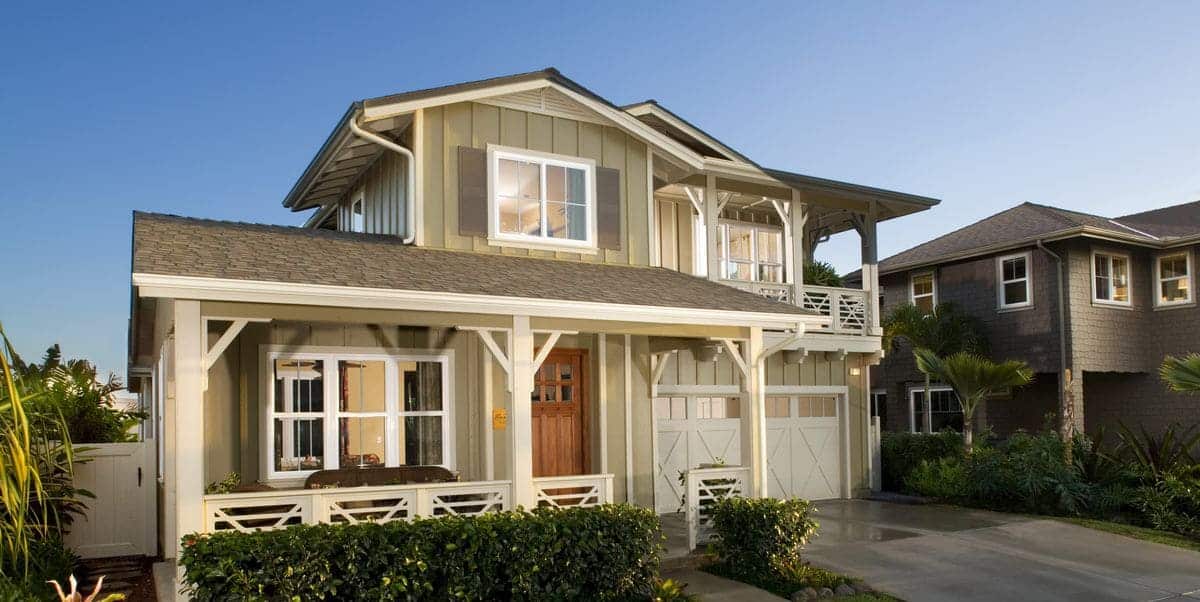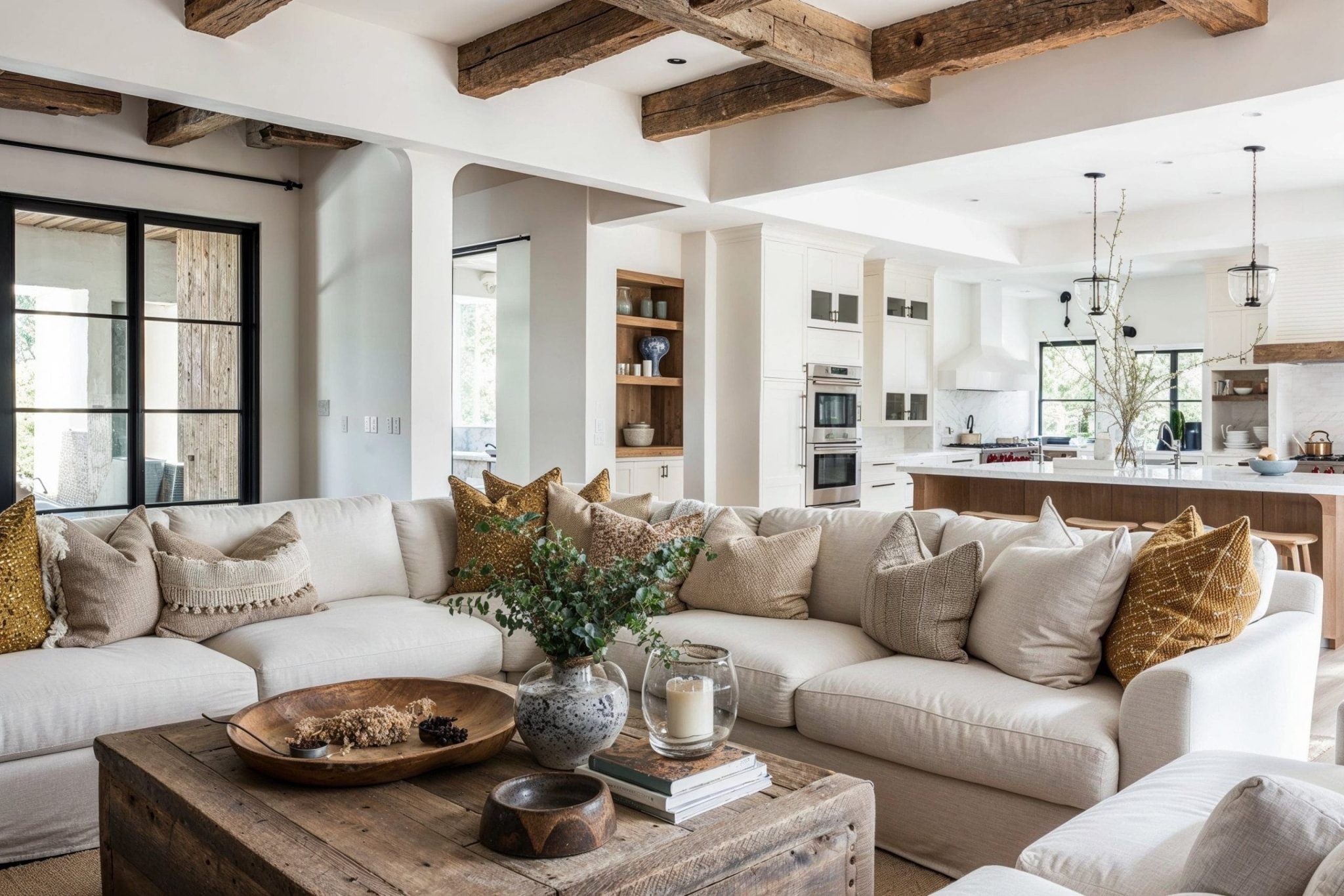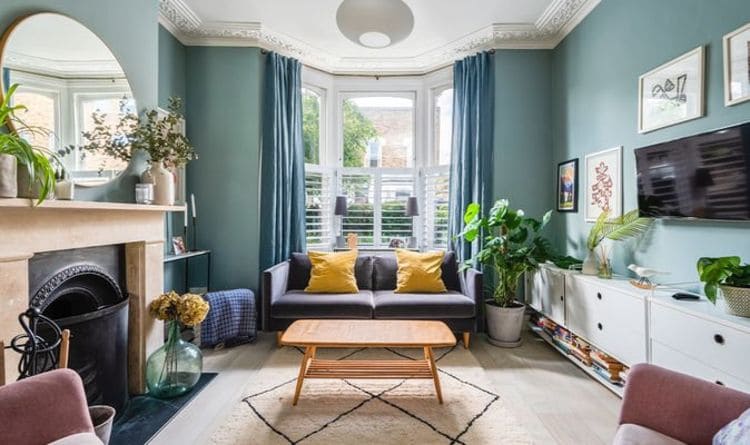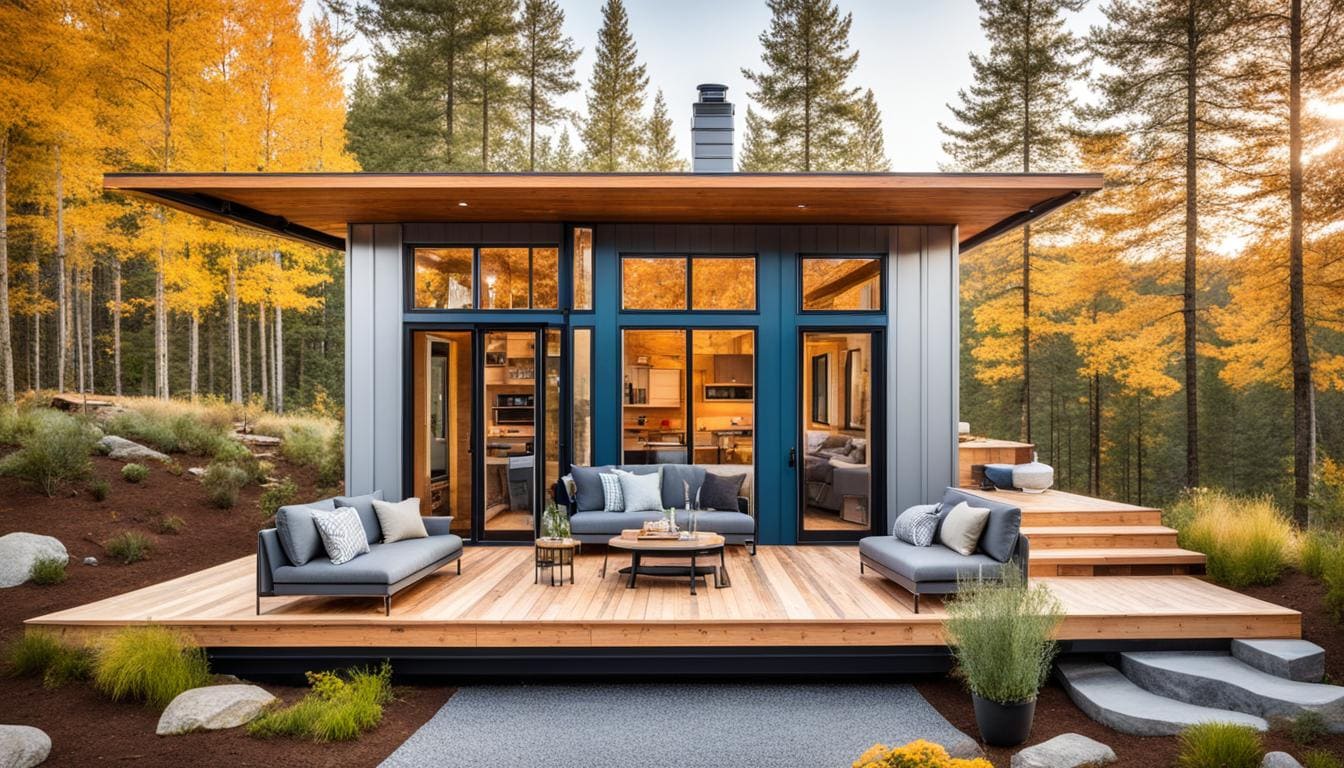Craftsman style homes, Originating in the late 19th and early 20th centuries as a reaction against the mass-produced, ornate designs of the Victorian era, Craftsman homes celebrate handcrafted details, quality materials, and a connection to nature. In this comprehensive guide, we’ll explore the characteristics, history, and enduring appeal of Craftsman style homes.
- Characteristics of Craftsman Style Homes:
Craftsman style homes are known for their distinctive features that set them apart from other architectural styles. Some of the key characteristics include:
- Low-Pitched Gable Roofs: Craftsman homes typically feature low-pitched gable roofs with wide eaves that extend beyond the walls. These overhanging eaves provide protection from the elements and create a sense of shelter and coziness.
- Exposed Rafters and Beams:
- The structural elements of Craftsman homes are often left exposed, showcasing the craftsmanship and construction techniques used in their creation. Exposed rafters, beams, and decorative brackets add visual interest and authenticity to the design.
- Front Porches:
- Craftsman homes often boast expansive front porches with tapered square columns or pillars, inviting residents and visitors to relax and enjoy the outdoors. The porch is a key element of Craftsman architecture, promoting a sense of community and connection to the surrounding environment.
- History of Craftsman Style Homes:
The Craftsman style emerged in the late 19th century as a response to the industrialization and mass production of the Victorian era. Influenced by the Arts and Crafts movement, which championed handmade craftsmanship and traditional techniques.
- Enduring Appeal of Craftsman Style Homes:
Craftsman style homes continue to capture the hearts and imaginations of homeowners, architects, and designers for their enduring appeal and timeless elegance. Some of the reasons why Craftsman homes remain popular today include:
- Craftsman architecture emphasizes a connection to nature, with natural materials, earthy colors, and an emphasis on outdoor living spaces.
- Flexibility and Adaptability:
- Craftsman style homes are adaptable to a variety of lifestyles and preferences, with open floor plans, flexible living spaces, and a focus on functionality that meets the needs of modern families.
In conclusion, Craftsman style homes are timeless architectural treasures that celebrate craftsmanship, simplicity, and a connection to nature. With their distinctive features, rich history, and enduring appeal, Craftsman homes embody the ideals of the Arts and Crafts movement while offering comfort, beauty, and functionality for modern living.





